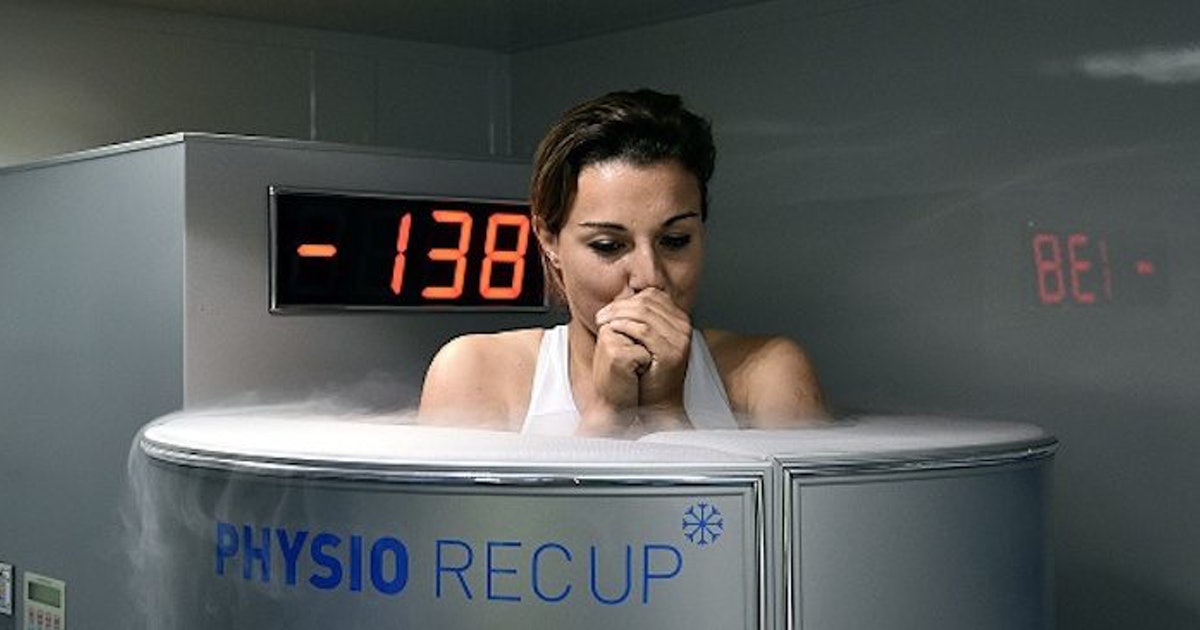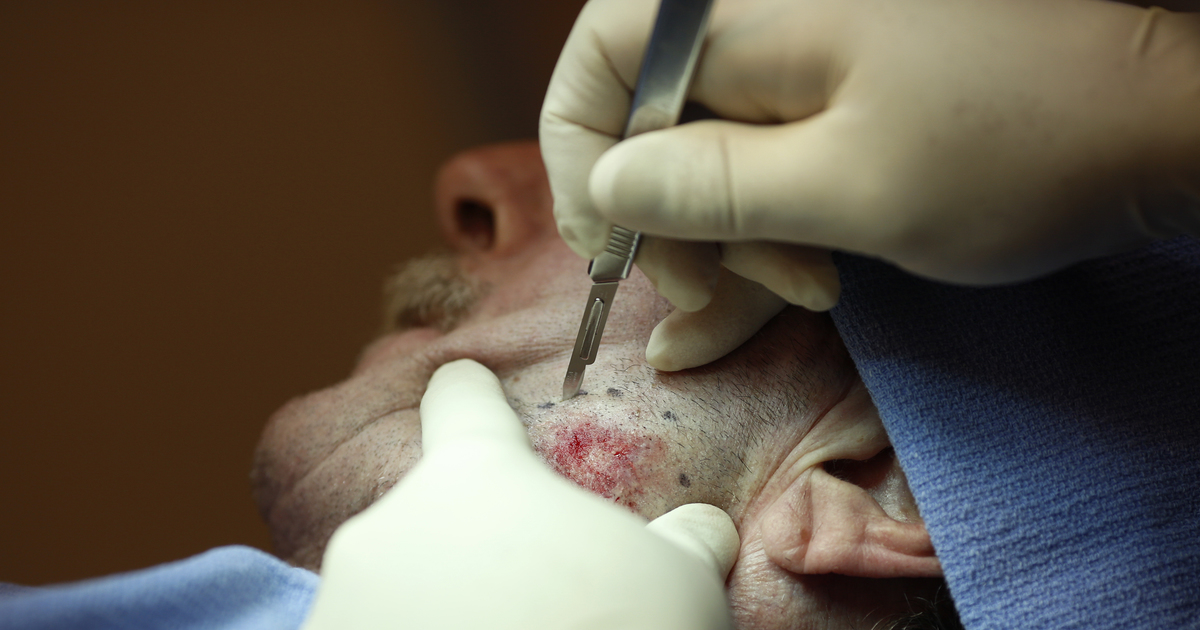Treatments For Squamous Cell Carcinoma
Squamous cell carcinoma (SCC) is non-melanoma skin cancer. This cancer develops in the top layer of the skin, tends to grow slowly, and rarely spreads to other parts of the body. SCC arises due to changes in the DNA of squamous cells. The resulting uncontrollable growth usually appears as a red, scaly, crusty patch, which is also the main sign of the condition. Parts of the body exposed to the sun are more prone to the development of squamous cell carcinoma. Most cases of SCC are the consequence of extensive exposure to ultraviolet radiation from the sun or tanning equipment. Individuals with light-colored skin and eyes and those who spend a lot of time in the sun without protection are at a higher risk of developing squamous cell carcinoma. Learn about treatments for this condition now.
Cryotherapy

Cryotherapy, also known as cryosurgery, treats squamous cell carcinoma on the surface of the skin. The procedure destroys the tumor tissue by freezing it with liquid nitrogen. Cryosurgery doesn't require the use of anesthesia, and no incisions are made during the procedure. Some patients may undergo this method because of problems with anesthesia or bleeding disorders. The treatment is also inexpensive and fairly easy. The substance can be sprayed on the area or applied with a cotton-tipped device.
The process takes a few weeks, and the treated tissue and skin in surrounding areas may redden, blister, and harden before falling off. Patients with dark complexions may lose some pigment. Repeated applications may be necessary during the procedure to make certain malignant tissue is destroyed. Cryotherapy is not as effective as surgery, but the cure rate is high for certain cases of SCC that occur on the surface of the skin. Other methods best treat squamous cell carcinomas that are more invasive because cryosurgery may not reach the deep areas of the tumor.
Electrodesiccation And Curettage

Electrodesiccation and curettage is a technique used to treat tiny squamous cell carcinoma lesions. It involves the use of a scraping tool to remove the skin cancer, a process is known as curettage. The instrument has a sharp, circular tip and is used to remove the surface of the skin cancer. The second part of the procedure is called electrodesiccation and entails the use of an electrocautery needle to burn the cancerous area. This action destroys any residual cancer cells and stops the bleeding. This process of scraping and burning is usually performed a few times through layers of tissue to make sure the tumor is completely removed. The low-risk technique is almost as effective as surgical removal of surface SCCs regarding cure rates. This technique leaves a fairly large scar, so it's not recommended for highly visible areas. It's also not advisable as a treatment for invasive or aggressive cases of squamous cell carcinoma or delicate areas.
